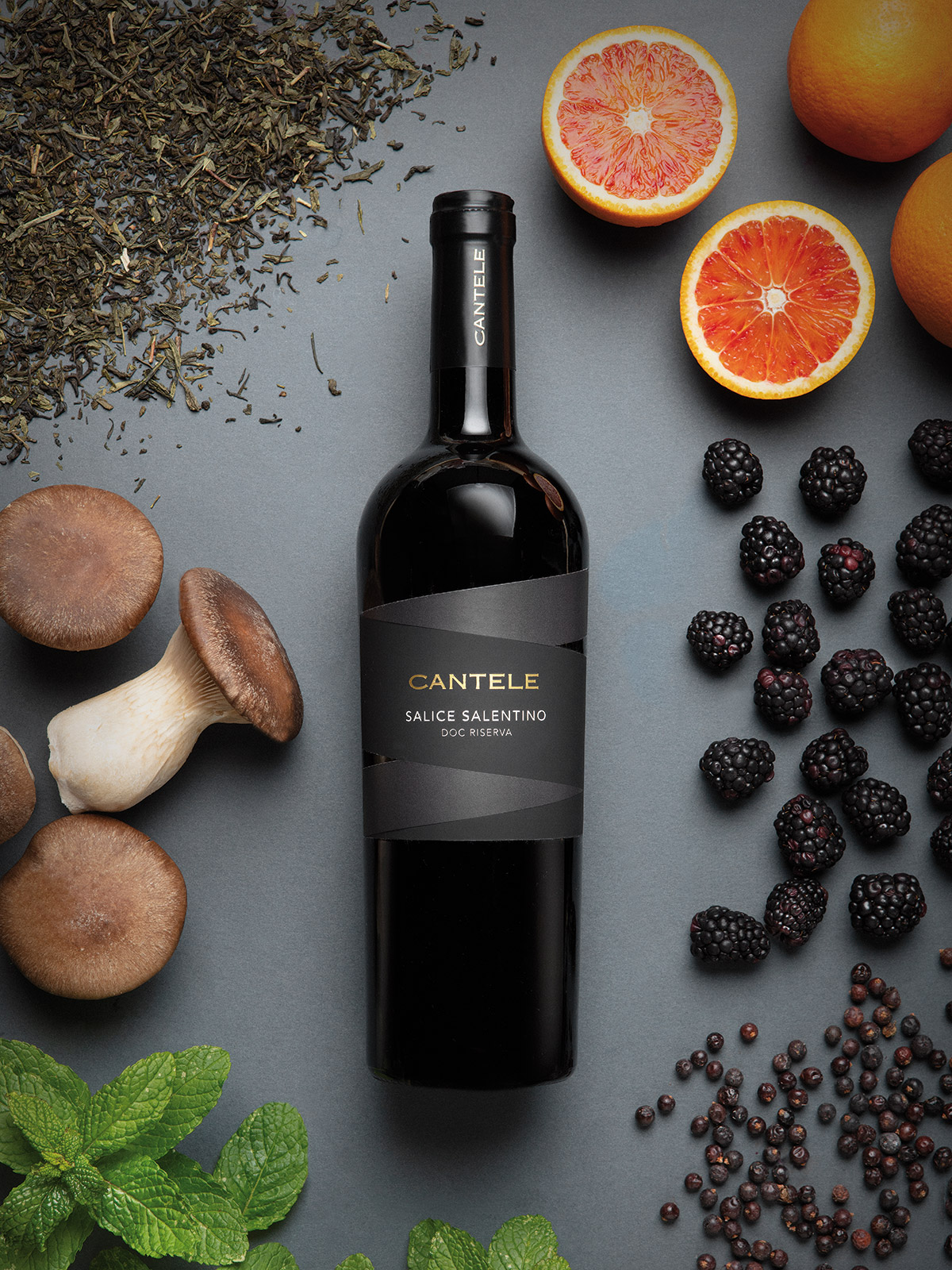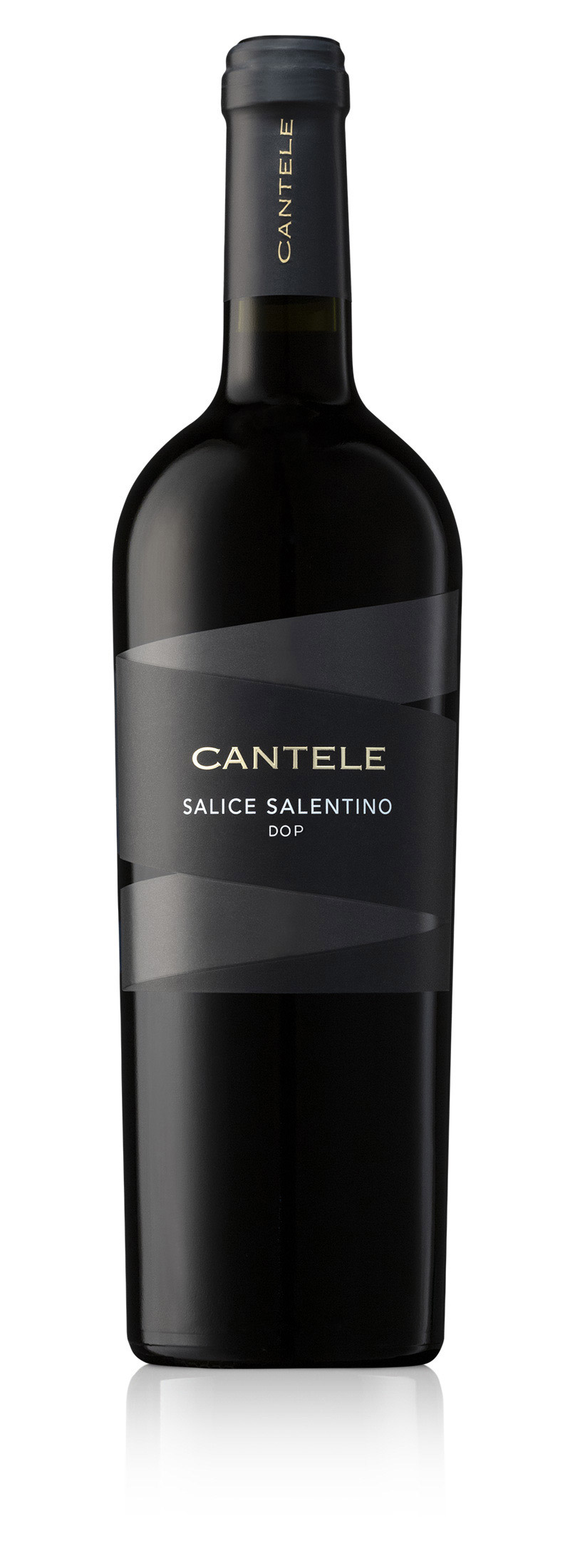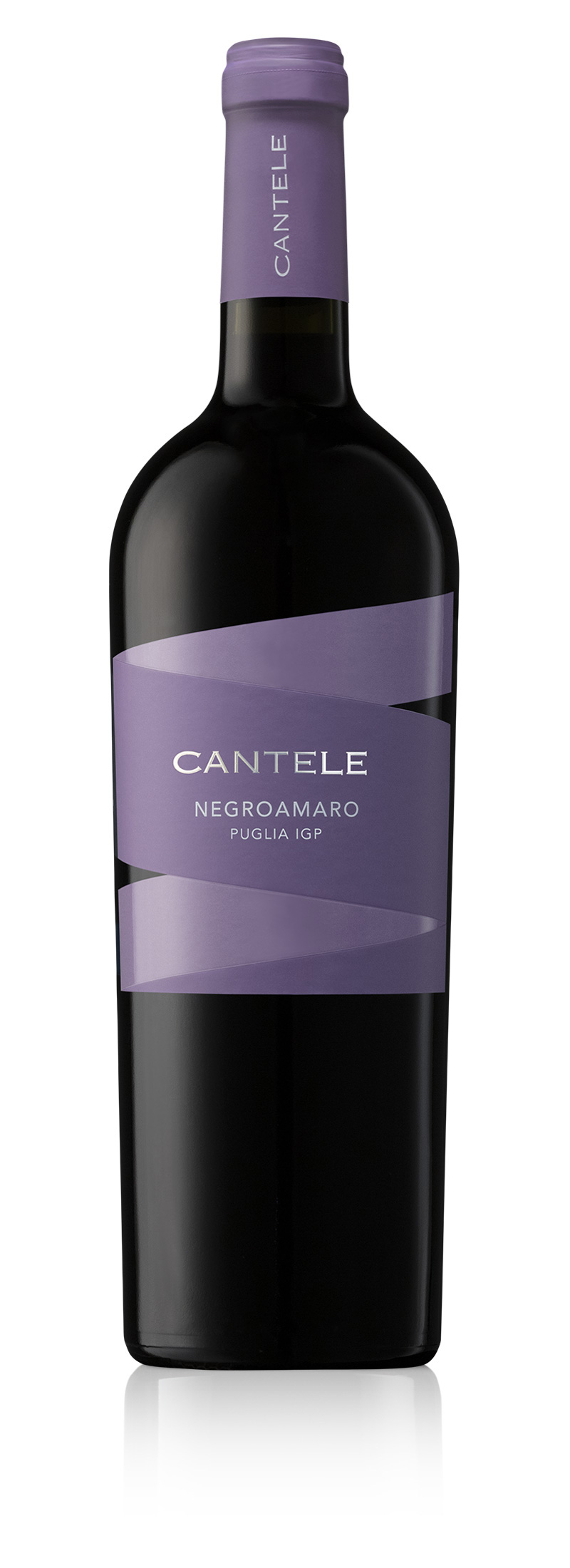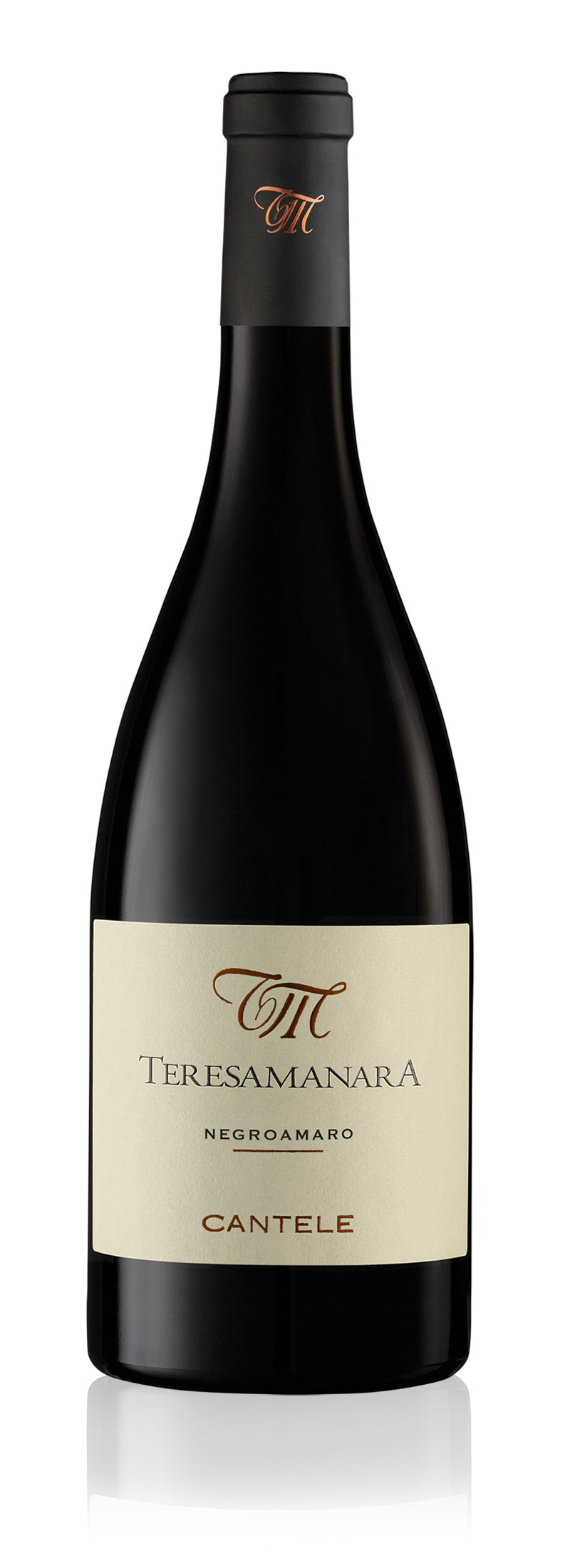| CLASSIFICATION | D.O.P. Salice Salentino |
|---|---|
| GRAPE VARIETY | Negroamaro |
| TRAINING | Trellis pruned to a spur cordon system |
| HARVEST | From mid-September |
Salice Salentino
The deep soul of Salento
Negroamaro is the story of a land. Once, it was called Niuru Maru, the bitter black. A strong, generous grape, which for centuries traveled north to add structure to other wines. It was the link between two worlds, when Salento was still a borderland—little known, almost exotic. Today, it no longer needs to leave. Produced in purity, it has become a symbol, an identity.
The name itself tells its origin: Niger in Latin, Mavros in Greek. Two languages, two roots intertwining, just like the story of Puglia. Negroamaro is the deep heart of this land: intense, enveloping, with a slight bitter note that makes it unmistakable.
Its highest expression is found in the DOC Salice Salentino, a denomination that has finally given Negroamaro the recognition it deserved. Once a rustic wine for everyday consumption, today it stands as one of the most important denominations in Southern Italy, able to express elegance and authenticity without losing its connection to the land. Here, the red soil, rich in iron, and the sea winds shape its character, balancing structure with freshness.
It is not just a wine. It is the liquid memory of Salento. A tale of deep roots, transformation, and identity. Negroamaro has crossed time without losing its voice, and it is in Salice Salentino that it has found its home.
| MACERATION | Skin contact for approximately 5-8 days |
|---|---|
| VINIFICATION | Fermentation is carried out at 25-26° C |
| AGING | 20% of the wine aged in used barriques |
| AGING POTENTIAL | Ready to drink. Evolve for 4-5 years |
Tasting Notes
COLOR: Streaks of garnet giving way to intense ruby red.
NOSE: Candied fruits and spices that evolve into clean underbrush, tea, and amber notes.
PALATE: Enhanced by notes of red flowers, the aromas return on the palate transported by confident but not overbearing alcohol. The tannins and fresh acidity work in counterpoint to create a balanced, soft wine.




